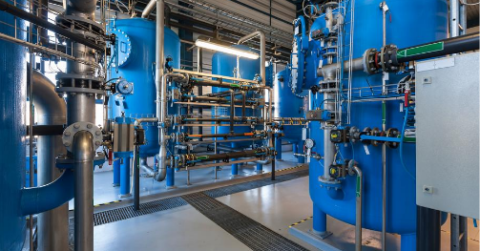The Role and Benefits of Condensate Polishing Units in Industrial Systems
A Condensate Polishing Unit (CPU) is crucial in power generation and various industrial sectors, particularly within steam and water systems. It filters and purifies condensate, which is steam that has condensed back into water, before it is reused in boilers. This process removes impurities such as ions and particulates, which could damage equipment and reduce efficiency. The core mechanism of a CPU involves ion exchange and filtration. Typically, resins exchange ions with unwanted impurities in the condensate, effectively removing them. This purified water is less likely to cause corrosion or scaling in boilers and turbines, enhancing the operational lifespan and efficiency of these systems.
Condensate polishing offers multiple benefits in a plant setting. By removing impurities, heat transfer rates in boilers and heat exchangers improve significantly, as cleaner water reduces thermal resistance and enhances overall efficiency. Additionally, purified condensate minimizes corrosion and scaling on the inner surfaces of boilers and turbines, extending the life of the equipment by reducing wear and tear. This also leads to reduced maintenance costs, as fewer breakdowns and less scaling mean lower expenses associated with maintenance. Furthermore, recycling condensate reduces the need for fresh water, promoting sustainable practices within industrial operations. Safer operating conditions can also be achieved by minimizing scale and corrosion, reducing the risk of boiler or turbine failures.
Condensate polishing is widely applied in various settings where boilers and steam are extensively used, such as power plants, industrial steam systems, pharmaceutical production, and the food and beverage industry. In power plants, CPUs ensure the purity of water used in steam generators and turbines, preventing premature chemical failure and deposition within the power cycle. Overall, the Condensate Polishing Unit is vital for maintaining the efficiency, safety, and sustainability of steam and water systems in industrial applications.

